When is a frame not a frame? When it’s a view? When it’s a hood partially covering a face? When it’s a structure offering a glimpse, a foreground inviting you deeper into a garden? In truth, there are frames everywhere, all different, not all immediately evident, and not all are necessarily deliberate. What they all have in common is they draw your attention to something rather interesting.
They isolate and introduce detail and in doing so, guide the eye. Sometimes the very presence of a frame encourages exploration, and we have to peer through. Think about how this response benefits artwork. The frame can be attractive in its own right but have a relationship with what is being presented. Sometimes it’s a deliberate act that adds importance to a feature. The status is raised, and a presence is created.
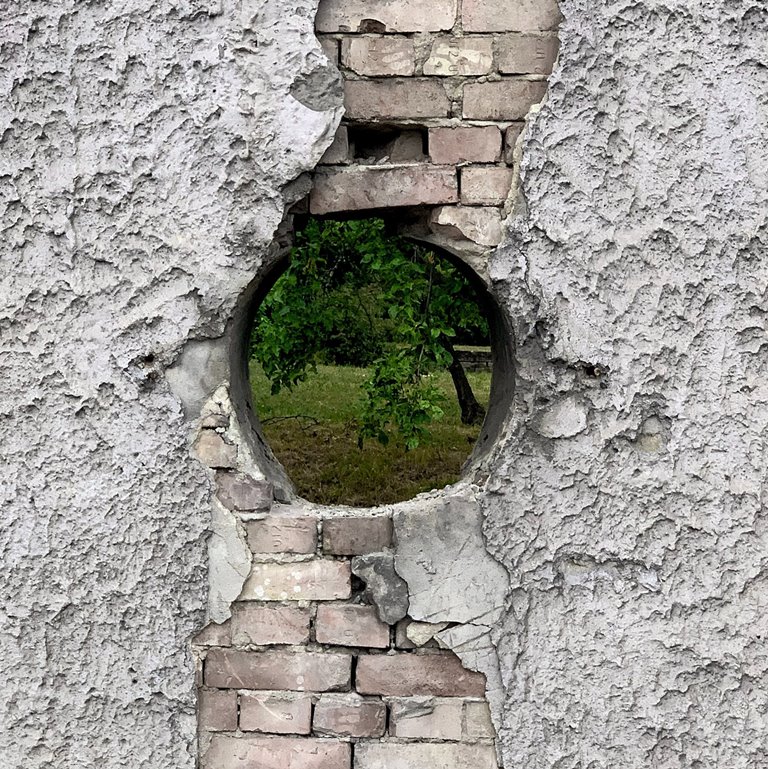
The hole in the wall is a foil for a lush green view encouraging the viewer to look through.
Photographers “frame” a composition using the proportions of their viewfinders. They manoeuvre their position for maximum effect introducing knowledge of the golden ratio, experience, and their own artistry. Artists square their fingers or cut windows into board to deliberately concentrate their attention.
How often has your attention been caught when visiting a garden or a ruined building? The remains capture an element and “frame” part of a view you otherwise may not have noticed, and you stand a while to enjoy it.
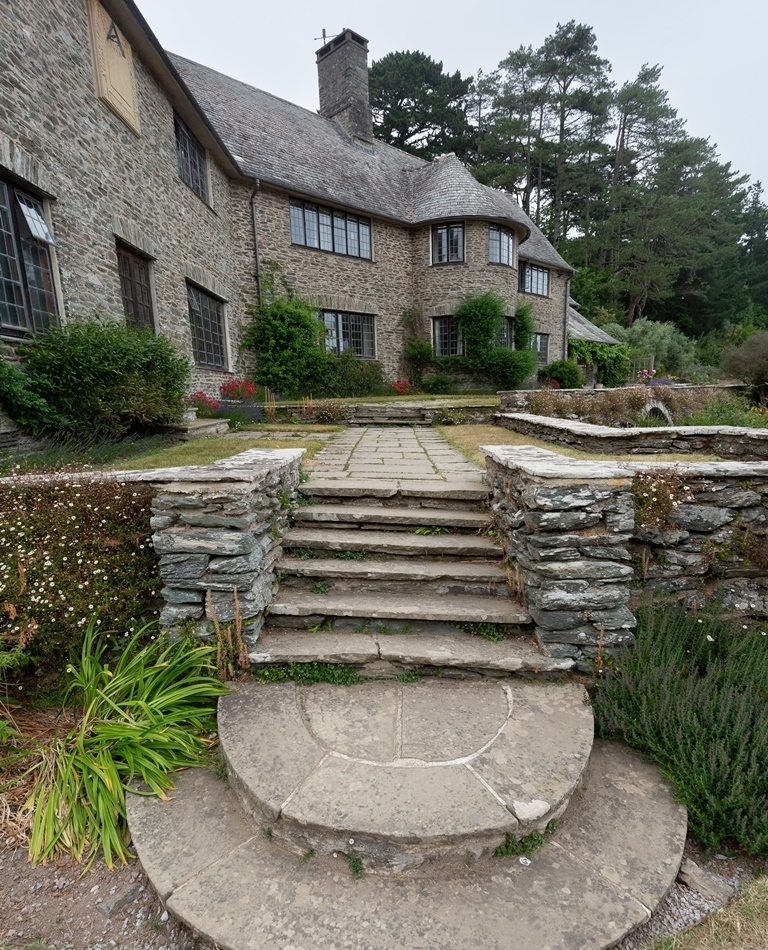
Stone work partially frames steps that lead the eye up to a beautiful property.
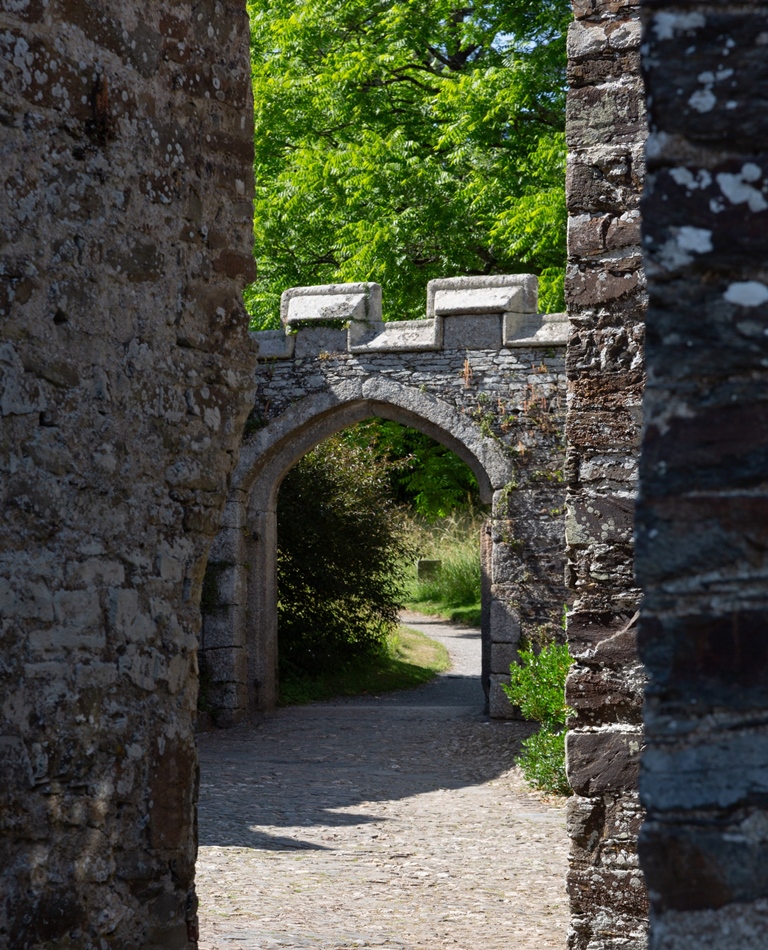
A stone arch enticingly frames a view of a garden, assisted by walls either side in the foreground.
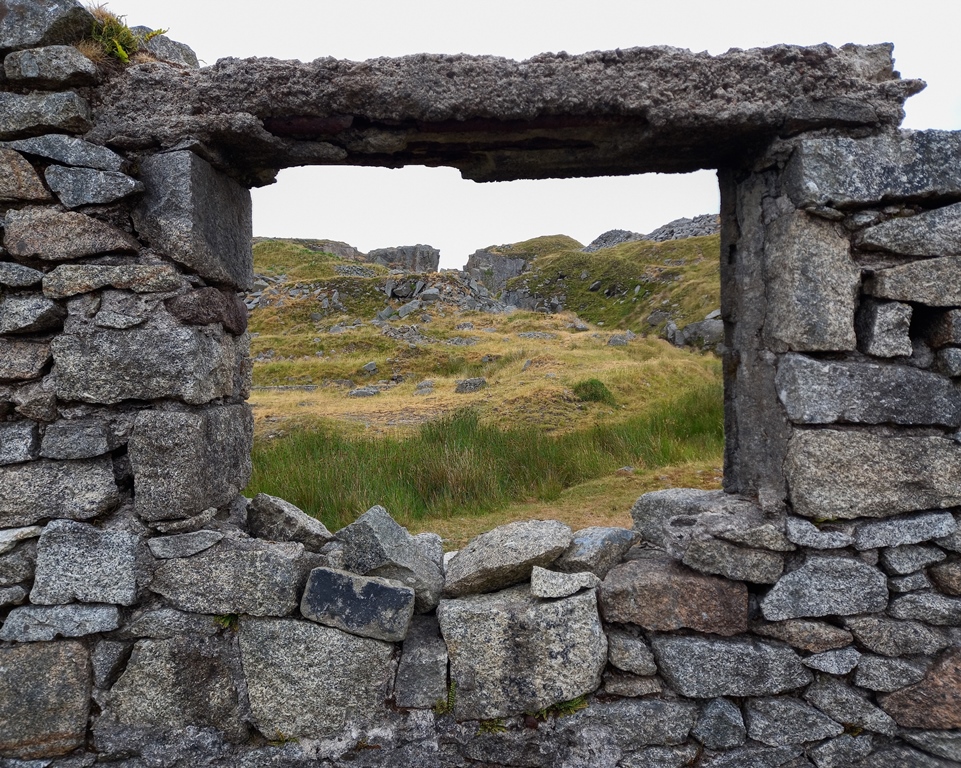
A derelict window concentrates the eye on a specific part of a view.

Artists square their fingers to deliberately concentrate their attention, assisting observation of a subject, cutting out surrounding confusion.
The aim of a picture framer is to present a piece of work, raise its status, and “grab” attention, drawing the viewer in for a closer look. It’s no coincidence that one of my textile tutors at college often referenced nature and advised us to do the same if we got stuck for design or colour inspiration.

A scarf softly frames the face drawing attention to the eyes.
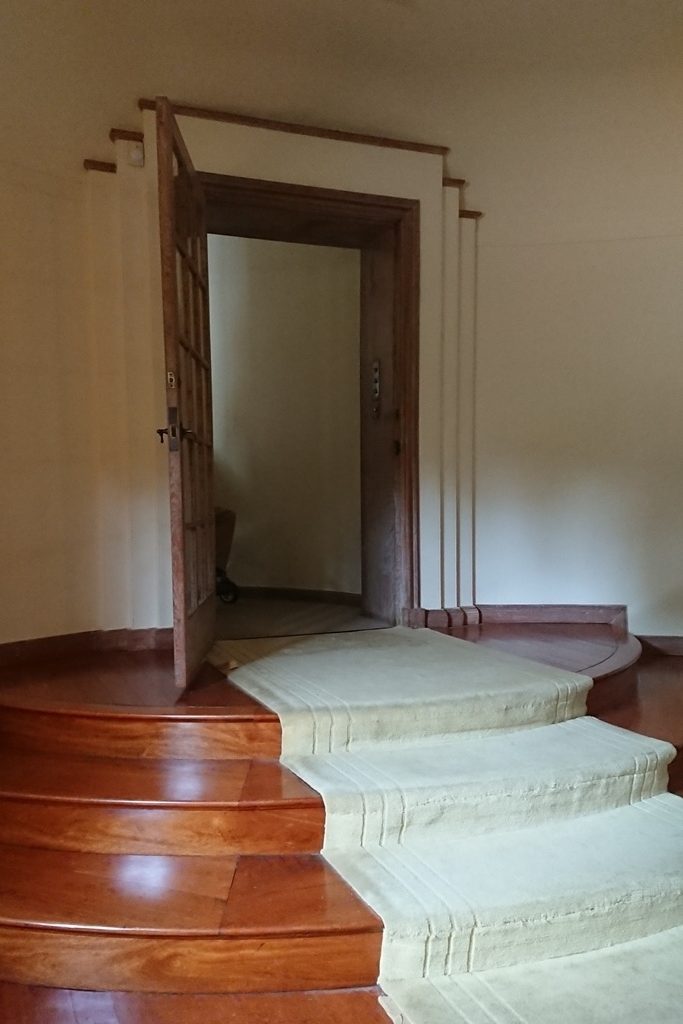
Joinery detail creates drama adding importance to the doorway and anyone entering the room.
I take my colour inspiration from within the artwork and the frame style from its character. Colours in the painting that support the subject are considered when choosing mounts; consequently, they become an extension of the image rather than competing with it. The mount and/or frame is the window into the artwork and should encourage a more intimate experience of it. The frame becomes either the “full stop” for completeness or a rounding up of the image creating the opportunity to linger longer. Whatever the combination, neither the mount nor the frame should compete with the artwork for your attention. I often say to my clients, “If you notice the mount or the frame before you notice the artwork, I’ve failed” which is probably why those magical gems out in the field are so successful; they are part of their surroundings. They’re not a frame, but they present something to you in a revelationary kind of way.
Next time your attention is captured, hesitate for a moment, take a look, see if you can spot the frame.

The view across the valley is partially framed by a weathered rock outcrop.

The rising handrail of a staircase frames lower floors of the stairwell.
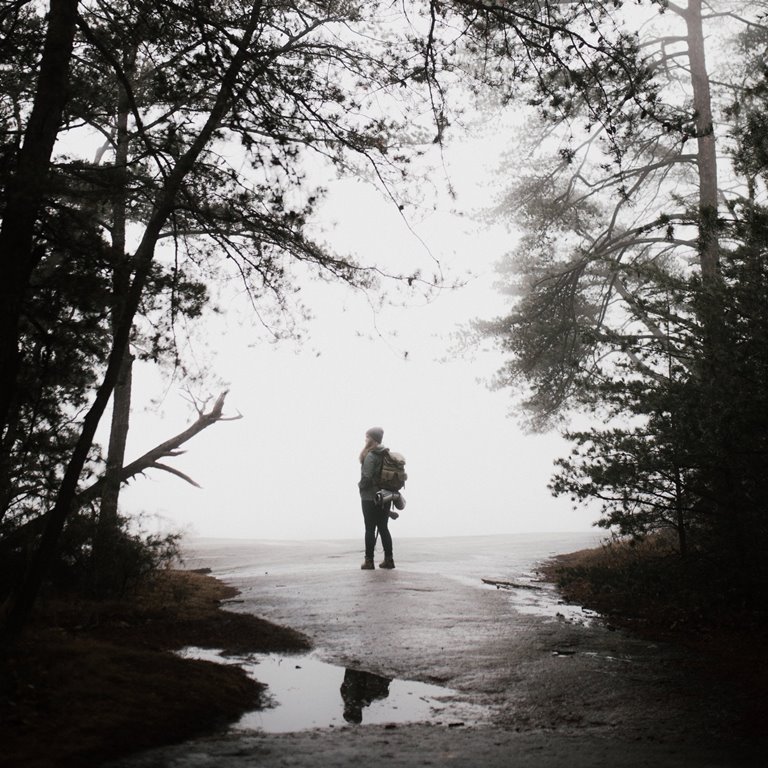
Distant walker framed by trees and the foreground.

Weathered stone creates a window of interest and curiosity that is part of the human psyche.


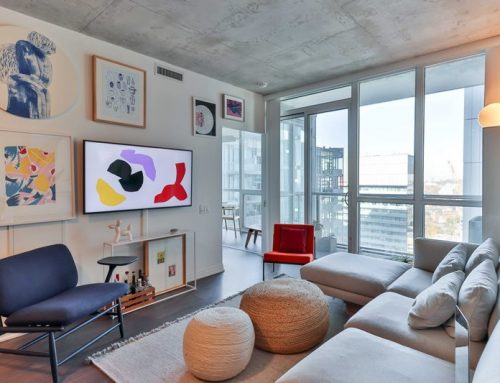

Leave A Comment